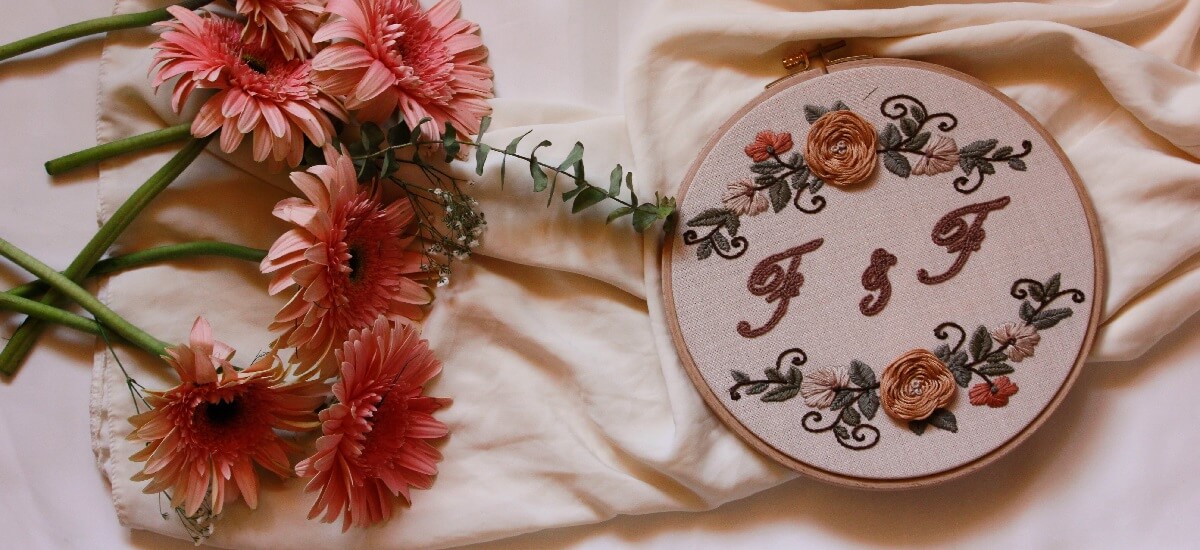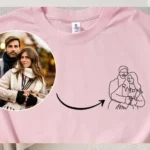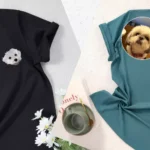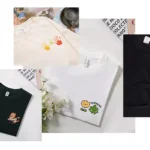Embroidery, known as “needle embroidery” in ancient times, is a craft that involves using embroidery needles to stitch colored threads and create intricate patterns on textiles. It is one of China’s ancient handcrafts, with a history of over two thousand years. Chinese embroidery is primarily categorized into four major styles:
Su Embroidery
Exquisite elegance from Jiangsu Province, known for its delicate and refined needlework.
Xiang Embroidery
Vibrant and expressive, originating from Hunan Province and celebrated for its lifelike depictions.
Shu Embroidery
The legacy of Sichuan Province, characterized by intricate stitching and vivid color combinations.
Yue Embroidery
A fusion of Cantonese craftsmanship and Western influences, featuring intricate designs and vibrant colors.
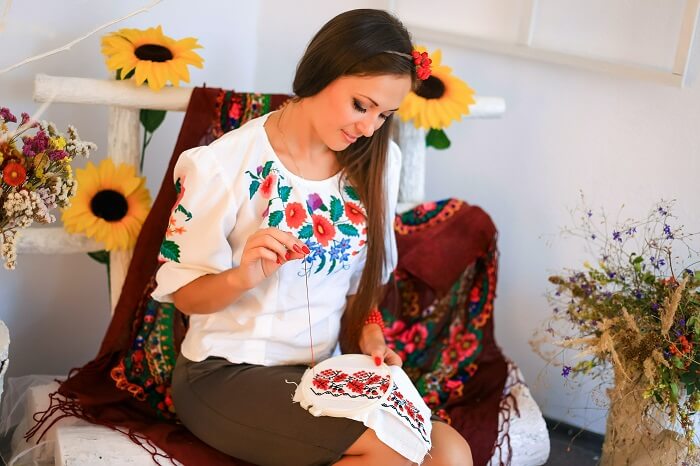
There are various techniques in embroidery, including “wrong needle embroidery,” “random needle embroidery,” “net embroidery,” “ground embroidery,” “lock silk,” “inlaid silk,” “inlaid brocade,” “shadow gold,” and many more.
The stitching methods encompass dozens of styles, such as “even stitching,” “encircling stitching,” “stabbing stitching,” “long and short stitching,” and “dot stitching,” each with its own unique characteristics.
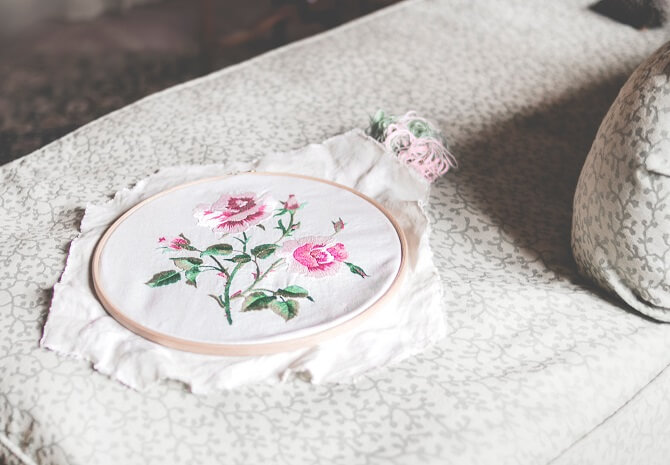
Embroidery finds its purpose in both daily life and decoration, adorning items such as clothing and bedding. China has ingeniously incorporated forms such as oil painting, and photography into embroidery, achieving a effect where it appears as a painting from afar and embroidery up close. This has further expanded the applications of embroidery.

With the advancement of time, an increasing number of people have developed a love for embroidery, leading to the emergence of machine-operated embroidery as a substitute for traditional handcrafting. This modern form of embroidery has a history of nearly fifty years.
Machine embroidery encompasses a wide range of stitching methods, primarily classified into three categories: basic stitches, pattern stitches, and special stitches. It not only inherits the distinctive characteristics of traditional Chinese hand embroidery techniques but also incorporates elements from lacework, such as buttonhole stitches, drawn thread work, sculptural embroidery, and floral appliqué. Some machine embroidery techniques are complemented by processes like printing and spraying, offering both labor-saving benefits and excellent artistic results.
https://www.youtube.com/watch?v=XVQFWTRKX0w
From fashion and apparel to home decoration, from branding to corporate gifts, machine embroidery has expanded the horizons of this ancient craft, allowing it to thrive in the fast-paced world of today. With ongoing technological advancements and endless creative possibilities, the art of embroidery, both hand-stitched and machine-embroidered, remains a testament to the enduring beauty.
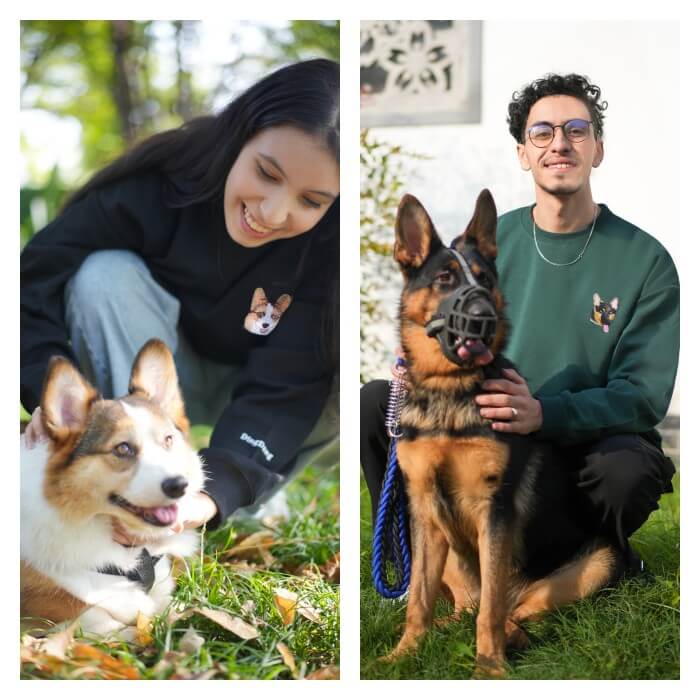
For more embroidery and customization related content, we invite you to explore the diverse range of articles available on mystichot blog. Discover a wealth of resources that will fuel your passion and help you unlock your creative potential.
To ensure utmost privacy, the photos provided by our customers have undergone meticulous processing.

